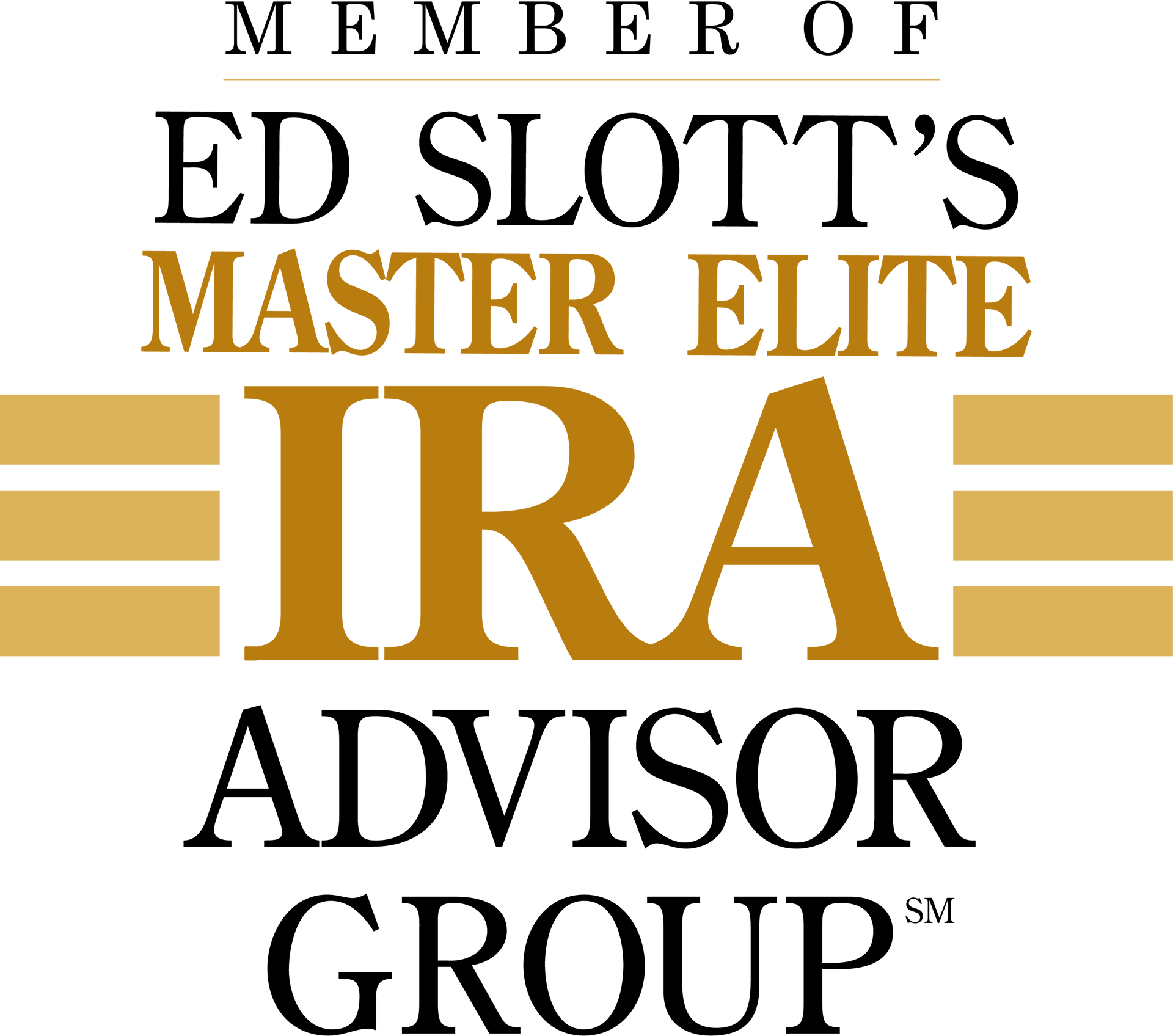A Health Savings Account is a tax-advantaged medical savings account that helps people pay for qualified out-of-pocket medical expenses. What are the withdrawal rules for HSAs? Are there special considerations that must be taken into account?
1. Withdrawals can be taken at any time. There is no holding period like with Roth IRAs. The
entire withdrawal (including any earnings) is tax-free as long as there is a corresponding
qualified medical expense. The medical expense must be incurred by either the owner or her
spouse or dependents. Additionally, the medical expense does not need to occur in the same
taxable year as the withdrawal. Instead, the medical expense must simply occur before the
withdrawal is made.
2. HSAs are owned by the individual. That means the balance carries over year-to-year and also
stays with the individual, even if she changes jobs or health coverage. If someone is no longer
covered by a qualified High Deductible Health Plan, she can still take distributions from the HSA.
This includes individuals covered by Medicare.
3. Unlike flexible spending accounts or health reimbursement accounts, an individual does
not need to “substantiate” a medical expense before withdrawal. That means an individual
does not have to provide receipts or other proof that a qualified medical expense has incurred
before accessing the account. However, the individual should retain documentation in the event
of an IRS audit.
4. HSAs are not subject to the Required Minimum Distribution rules, and there is no
requirement that the monies be used on current medical expenses. This means HSA funds
can remain in the account over the life of the owner and be used to supplement Medicare
coverage during retirement years. Finally, if an HSA account is passed to a spouse, the spouse
beneficiary can continue to take withdrawals on the same tax-free basis. If a non-spouse
beneficiary is named, the HSA ends on the date of death.
5. Know the rules! The penalty for not following the rules is stiff. Not only does the entire
distribution become subject to income tax, it is also subject to a 20% penalty. The penalty is
waived if the HSA owner is age 65 or older or disabled at the time of the distribution. However,
the distribution is still treated as taxable income. Distributions are reported to the account owner
and the IRS using IRS Form 1099-SA.















